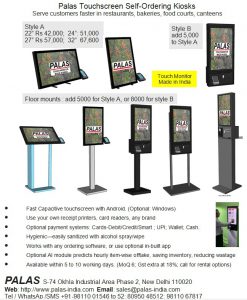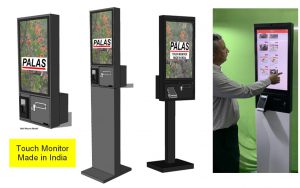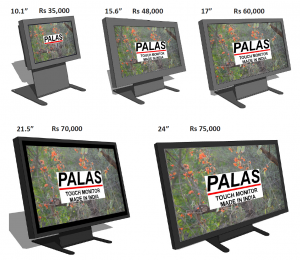Adults spend 1 to 4 hours a day looking at their mobile screens, so it is natural for small children to want to imitate their parents and use a phone or tab. Imitating is natural, and touch screen devices so ubiquitous, that it is only a matter of time before a child starts using them, copying all the adults Is it a good thing ?
Some parents give their children too much screen time, using their phone/tab as an electronic baby sitter – Either the phone is given to distract the child while parents finish some “important” task, or to bribe the child – if you sit at the table quietly and eat your meal, you can play with the phone
On the other hand, totally banning screen time may only serve to increase desire to use a screen and feel like an “adult”, causing children to use devices surreptitiously, either their parents or others
A few parents permit restricted screen time, where the child is allowed to handle a phone for a short time or to watch TV under supervision. Some TV shows are indeed educational. But if the child uses the touchscreen simply to navigate from one movie/show to the next, then it is being used just like a remote, and the interactive features of the touchscreen are not utilised
Is there another path ?
A touchscreen can be beneficial if it is used as the interactive device that it is – for example:
There are so many games played years ago that encouraged experiential learning – fit solid shapes into their holes, jigsaws, using an abacus, connect the dots, painting – almost all of these can be done easily on a touchscreen device. And since children get bored easily, simply add a new program. No problem about where to store “older” toys !
- show a red colour and ask the child to choose the name of the colour from a list
- visually explain the concept of numbers – drag and drop one marble at a time into the box, then after each drop ask them to choose how many marbles are in the box
- recognise shapes – drag a ball to a round hole, or a cube to a square hole, fit irregular shapes like jigsaws
- touch an animal or a musical instrument to hear what it sounds like
- live videos of a cow being milked, or a fish swimming or a bird flying in slow motion enable us to grasp quickly concepts that are difficult to explain on paper
- and many more
What is needed is a software app that, while enabled, prevents access to any other program on the phone/tab, and gives access to only interactive educational experiences developed specially for children. Or use a touchscreen tab loaded with no application except interactive educational software.


